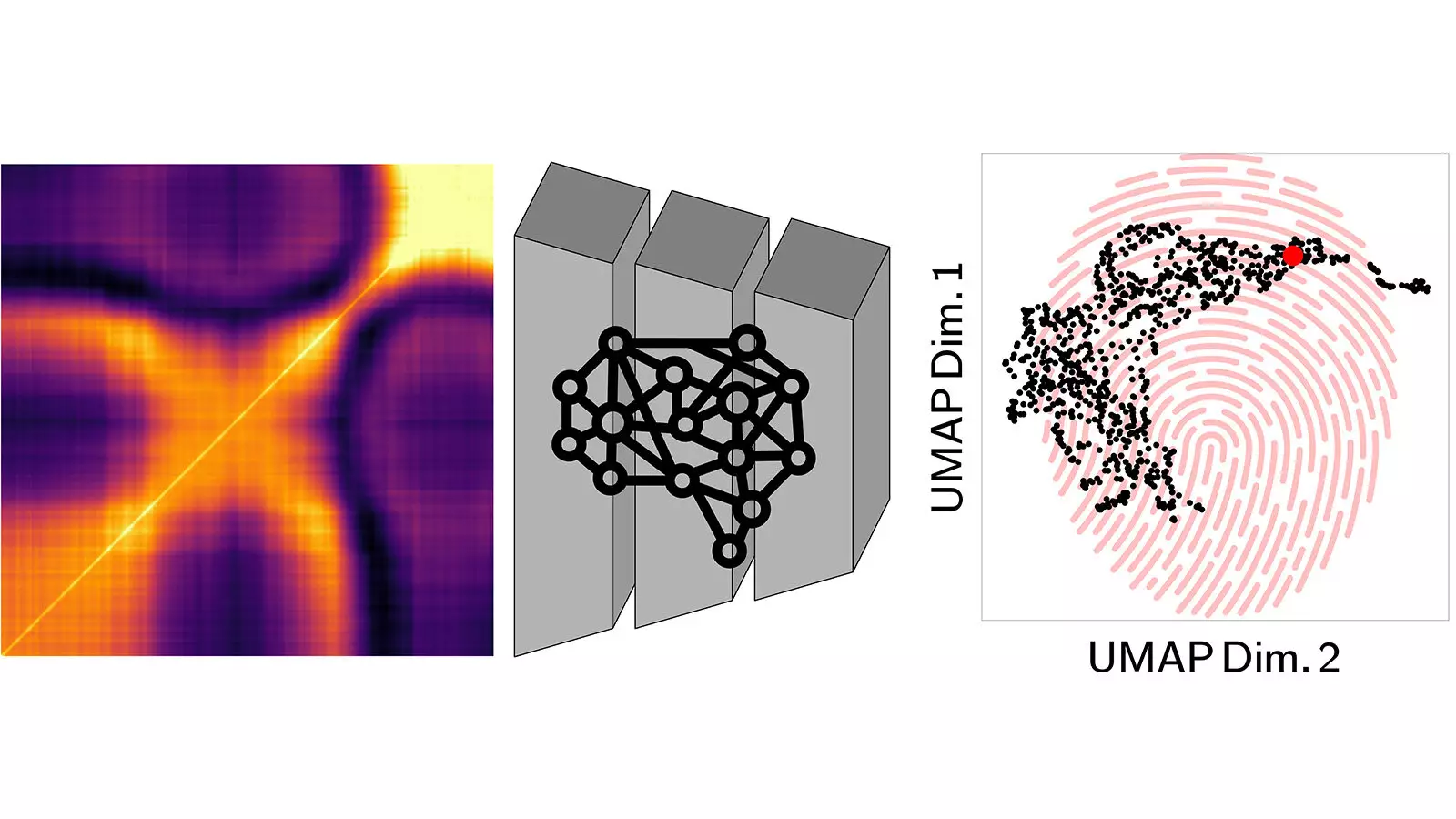Materials are not static entities; they evolve and transform over time, exhibiting different behaviors under various stimuli. Understanding these changes is crucial for fields ranging from engineering to pharmaceuticals. Recent advancements in scientific instrumentation have introduced innovative methods to study material dynamics, notably the application of X-ray photon correlation spectroscopy (XPCS) paired with artificial intelligence (AI). This cutting-edge approach enables scientists to obtain detailed insights into materials, heralding a new era in material science research.
The Intersection of XPCS and AI
In a groundbreaking study undertaken by researchers at Argonne National Laboratory’s Advanced Photon Source (APS) and Center for Nanoscale Materials (CNM), a novel technique has been developed that employs XPCS alongside an unsupervised machine learning algorithm. This fusion of advanced X-ray technology and AI allows the creation of distinct “fingerprints” that characterize various materials, which can be efficiently analyzed for previously inaccessible insights.
XPCS involves the scattering of X-rays off materials to capture the dynamics of particles suspended in a colloid solution. However, the sheer complexity and diversity of scattering patterns generated can overwhelm even the most seasoned scientists. This is where the power of AI comes into play, serving as an indispensable tool to decode data that would otherwise remain hidden.
Understanding Neural Networks and Autoencoders
The AI utilized in this research is a sophisticated neural network capable of mimicking human cognitive processes. Specifically, the team adopted an autoencoder model, which effectively condenses vast amounts of data into ‘latent representations’ — a sort of genomic map of the materials being studied. Just as a genome contains vital information about an organism, these fingerprints encapsulate the essential features necessary for a comprehensive understanding of a material’s structure and evolution.
Essentially, the autoencoder transforms original X-ray data into these fingerprints and includes mechanisms to reverse the process, reconstructing the full image as required. This dual function illustrates the model’s efficiency and robustness, pivotal for sifting through the overwhelming data generated by XPCS experiments.
Emerging Patterns and Material Dynamics
The core ambition of this research initiative, aptly named Artificial Intelligence for Non-Equilibrium Relaxation Dynamics (AI-NERD), is to create a coherent map of material fingerprints, clustering those with similar characteristics. By analyzing these neighborhoods, researchers gain insight into structural features and the time-dependent responses of materials when subjected to stress or relaxation.
What’s particularly revolutionary is AI’s capacity for general pattern recognition. By treating scattering patterns as conventional images, the AI can efficiently categorize the varying X-ray images, identifying and categorizing repetitive elements in this complex visual data. This innovative approach not only streamlines the research process but also enhances the depth of understanding regarding material dynamics.
The Future of Material Research with Upgraded Facilities
The implications of this technology are especially significant as the APS enters a new phase of enhancement, promising a staggering increase in X-ray beam brightness by 500 times compared to its predecessors. As researchers grapple with the vast quantities of data produced by this upgraded facility, the role of AI becomes even more critical. The ability to leverage AI for sorting and interpreting such immense datasets will be essential for pushing the boundaries of what we know about material science.
The collaboration between the theory group at CNM and computational experts in Argonne’s X-ray Science division reflects a comprehensive approach to exploring the polymer dynamics demonstrated by XPCS. Their forward-thinking methodology includes training AI workflows using synthetically generated data, ideally positioning the team to exploit the full potential of their findings.
Collaboration and Contributions in the Research Community
This pioneering study, which features contributions from a diverse roster of researchers including James (Jay) Horwath and numerous collaborators, exemplifies the collaborative spirit that propels scientific advancement. Some ranked experts hold joint appointments at prestigious institutions such as the University of Chicago and the University of Illinois Chicago, indicating a network of shared knowledge and expertise that significantly enhances the research outcomes.
The intersection of AI and X-ray technology represents a remarkable shift in how materials are analyzed and understood. This approach not only makes significant strides in the field of material science but also opens the door to new possibilities across various scientific domains, ensuring we remain at the forefront of innovation.


Leave a Reply